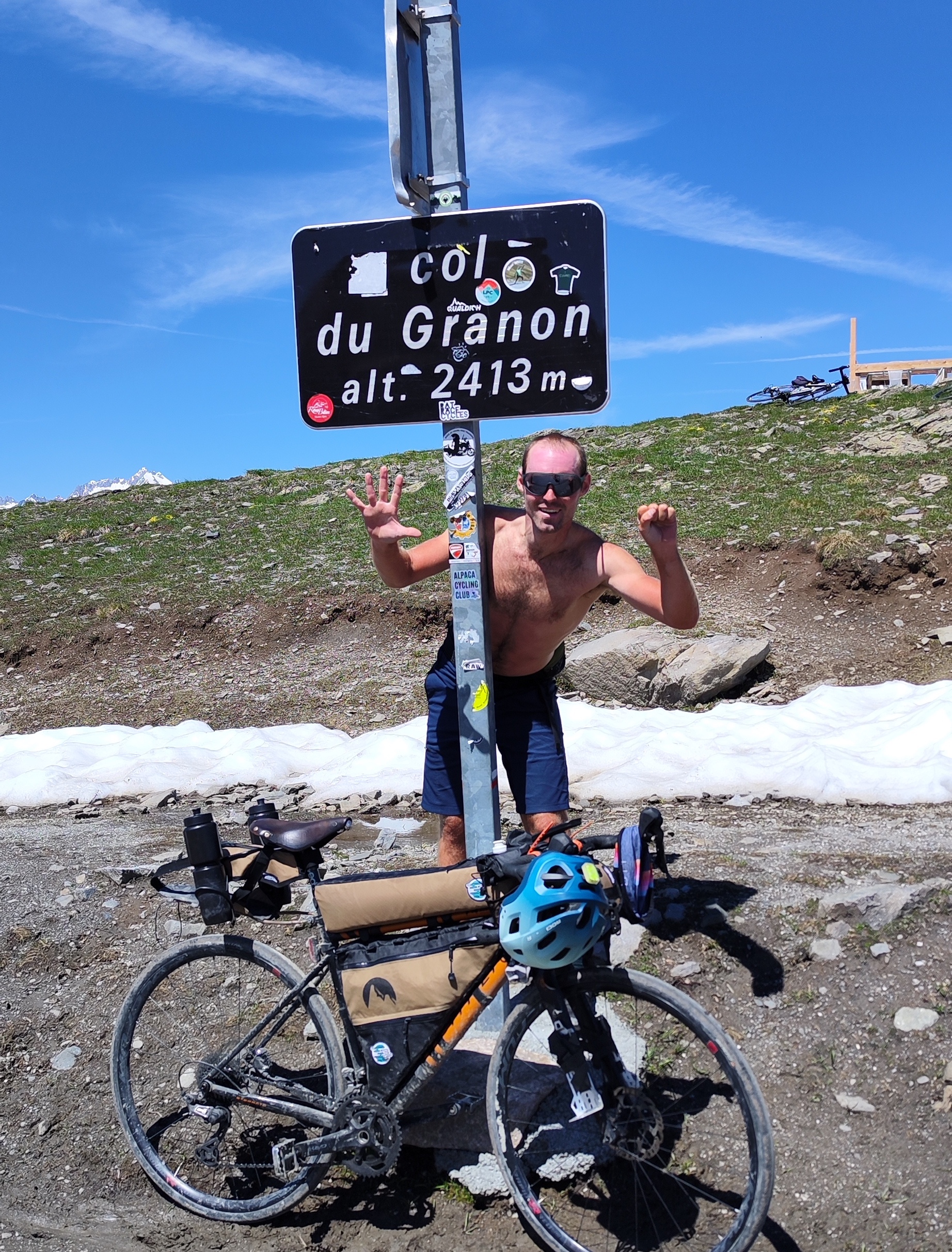The col of the killer flies!! For those who wants it harder than nearby Col du Sabot, we give you Col du Granon. In recent times, Col du Granon has gained fame through its inclusion in the Tour de France. The col first featured in the Tour de France in 1986, and its challenging climb quickly earned it a reputation as one of the more difficult mountain stages in the race. The steep gradients and high altitude test the endurance and climbing abilities of the riders, making it a decisive point in the race. The inclusion of Col du Granon in the Tour de France has contributed significantly to its historical importance in the world of cycling. While it’s a tough climbs, the amount of annoying flies is really the key takeaway from this climb on several occasions.
The climb starts from Saint-Chaffrey, near Briançon, and stretches over approximately 11.5 kilometers. Riders face an average gradient of 9.2%, with some sections reaching even steeper inclines. A narrow tarmac road winds steeply up the southern approach. Gravel roads continue beyond the pass, in a military training zone. The summit of Col du Granon itself is a vantage point with breathtaking views of the Serre Chevalier valley and the Ecrins National Park. The sense of achievement upon reaching the top, coupled with the scenic beauty, makes it a memorable experience for anyone who makes it to the top.
Col du Granon’s strategic location has made it significant in military history. Due to its elevation and proximity to Italy, it has been an important observation and defensive point, especially during World War II. The area around the pass was fortified as part of the Alpine Line (also known as the Little Maginot Line), a series of French fortifications constructed along the French-Italian border in the 1930s to deter invasion. These fortifications, including bunkers and gun emplacements, were intended to protect France from potential Italian aggression during the interwar period. The remnants of these military structures can still be seen in the area, serving as a reminder of the region’s strategic importance in European military history.


